Hong Kong is full of cultural events this month. In addition to Art Basel Hong Kong and its satellite fairs, there are regulars on the calendar, such as the Hong Kong International Film Festival and the Hong Kong Arts Festival, and newcomers such as the city’s first ComplexCon, which focuses on contemporary pop culture. . Sensory overload could be on the cards; therefore, planning is essential to enjoy the season. To help you navigate the options, here are nine unmissable works to see, some of which will appear exclusively for Hong Kong Culture Month.
Lee Ka-sing at the Asia Art Archive
The transformation of flowers (1996) by photographer and art entrepreneur Lee Ka-sing depicts the local skyline of Hong Kong, where financial empires and multinational conglomerates border luxury shopping malls and hotels. Surrounded by a kitsch canopy of pink flowers, the view of the hazy horizon seems both soulful and soothing. The image is the central image Another day in Hong Kongthe archive has just launched a two-year research project on the art that has come out of the city.
Brush washer from the Ru kilns in the Palace Museum, Hong Kong
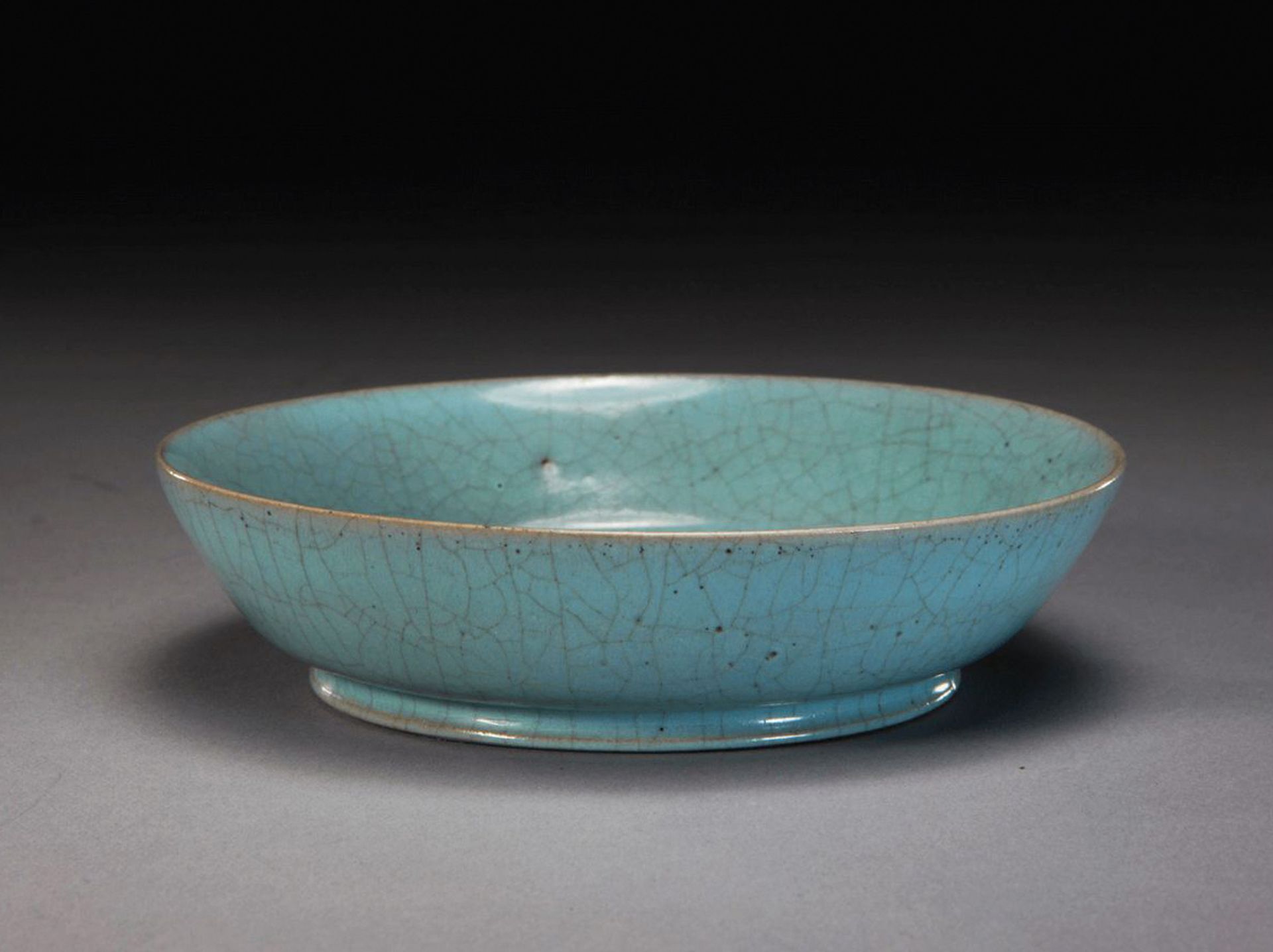
Ru Kiln Brush Washer, Hong Kong Palace Museum Courtesy of the Palace Museum
With fewer than 100 intact pieces worldwide, an imperial brush-washer from the famous Ru kilns of the Song Dynasty is a formidable object for Chinese ceramics enthusiasts. On loan from the Palace Museum in Beijing, the shallow bowl would have been the highlight of a scholar’s study. The Ru ware, which is believed to have been produced in just two decades after the 1080s, is distinguished by its unique hue, described as “like the blue of a cloudless sky after rain”. It is one of the most prized items in the ceramics gallery at the Palace Museum in Hong Kong.
Joana Vasconcelos at ArtisTree
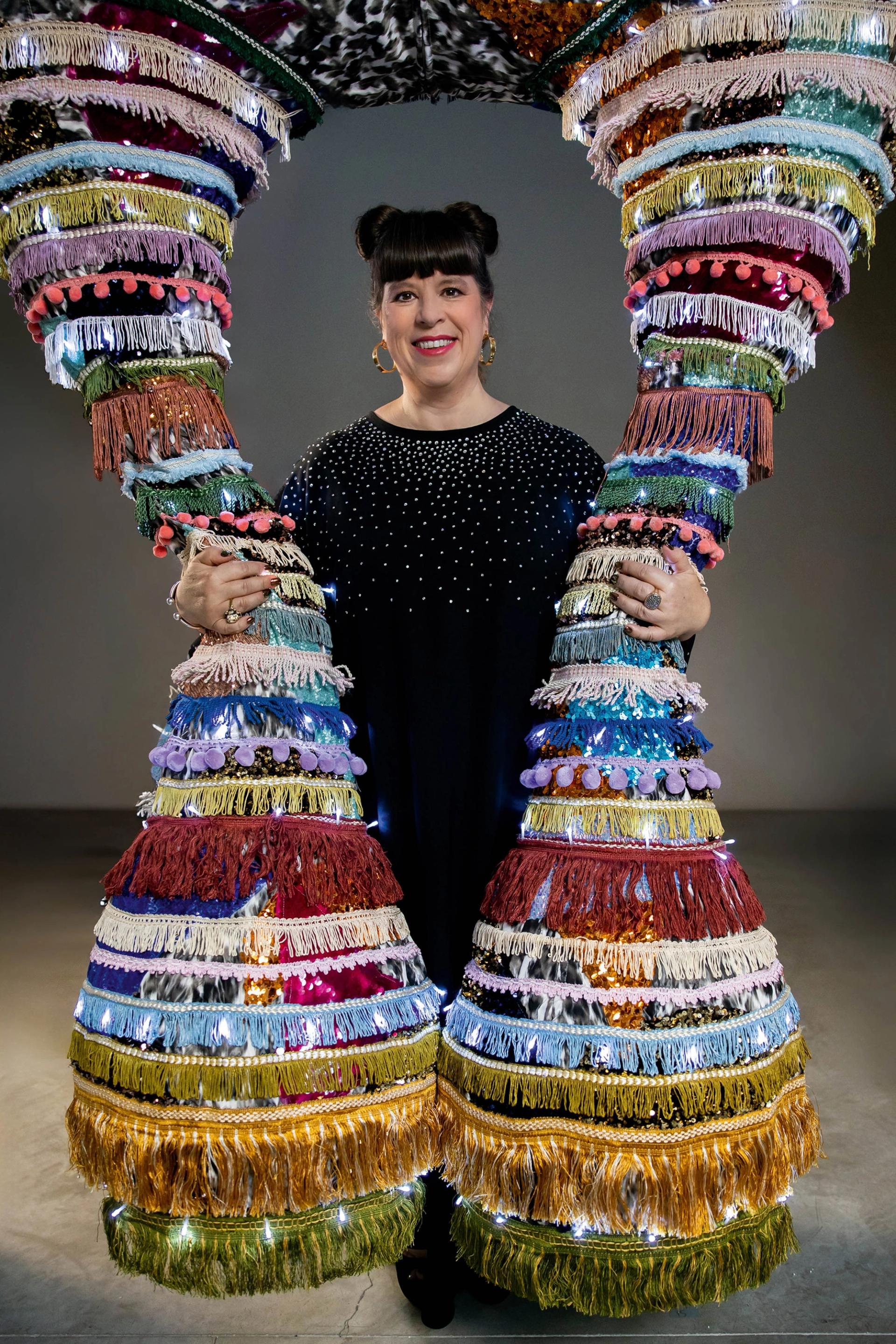
The Enchanted Forest according to Joana Vasconcelos at ArtisTree © Pedro Jafuno, all rights reserved
What’s not to love about Joana Vasconcelos’ soft and bright installations? Presented by Swire, one of Hong Kong’s largest real estate developers The Enchanted Forest, a site-specific work in his ArtisTree room. The Portuguese artist was inspired by his visits to Hong Kong, a city he says can feel like an urban jungle of skyscrapers. Over the course of six months, he collaborated with 60 artisans to create an immersive version of a fantastical forest made of fabric and illuminated with LED lights.
Mughal jade-ewer in the Palace Museum, Hong Kong
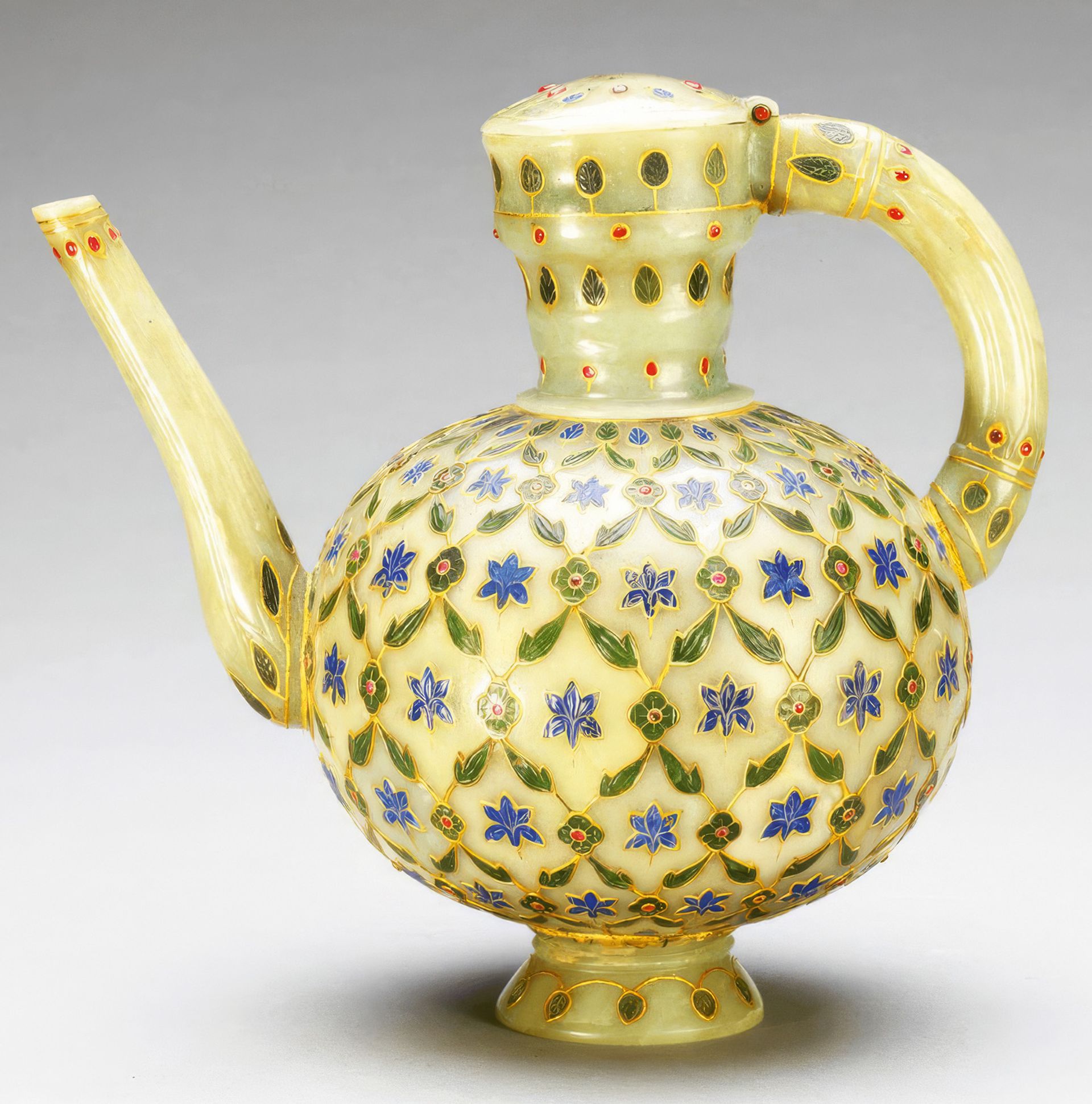
Mughal jade ewer, Hong Kong Palace Museum © Palace Museum
Among the two million objects in the holdings of the Palace Museum in Beijing are hundreds of rare Mughal-era jades, crafted in the Indian subcontinent or Central Asia. This jade wood, studded with lapis lazuli, rubies and gold, stands out for the intricacy of its design and the richness of its materials. In addition to its great aesthetic value, the object is also worth seeing in the Palace Museum of Hong Kong, where it is displayed, for the richness of the cultural exchange it includes. Believed to have been diplomatic gifts that eventually inspired the artisans of the imperial workshop, Mughal jade was not seen by the public until recently.
Wesley Tongson on M+
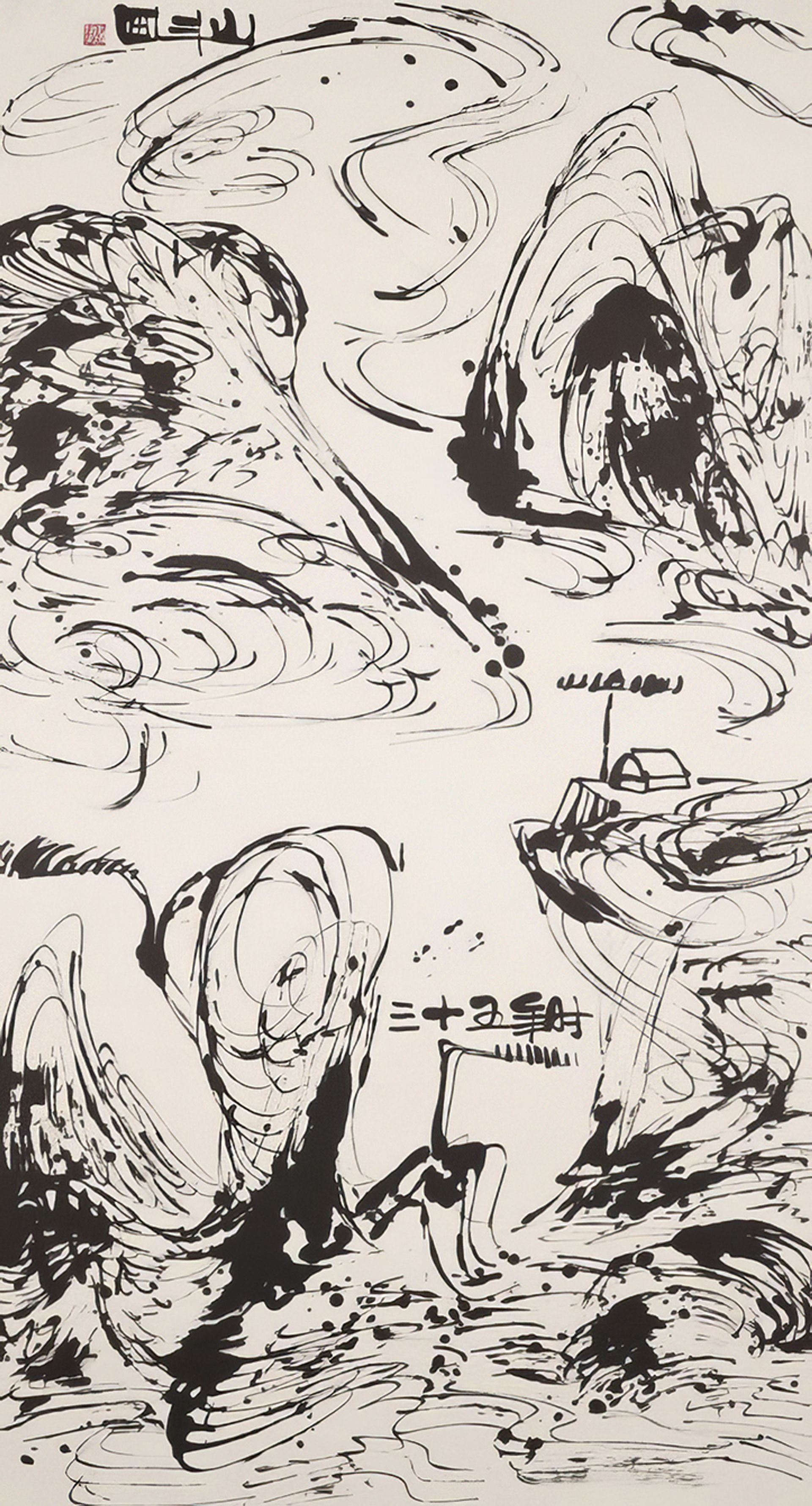
by Wesley Tongson Spiritual mountains 3 (2010), in M+ © Wesley Tongson Charitable Trust
The works of the late Hong Kong painter stand out for the way they transform traditional Chinese visual language into modern compositions. Spiritual mountains 3 (2010), published in M+’s Shanshui: Echoes and Signs (until 2026), whirlwinds and delights. “Mountain Sea” suggests classical paintings, a representation of classical Chinese art. At the same time, the work done in 2010—two years before Tongson’s death—recalls expressionism and a contemporary sensitivity to imagery. His work also expresses the spirit of originality and experimentation of the earlier conservative ink medium.
Yang Fudong on the M+ facade
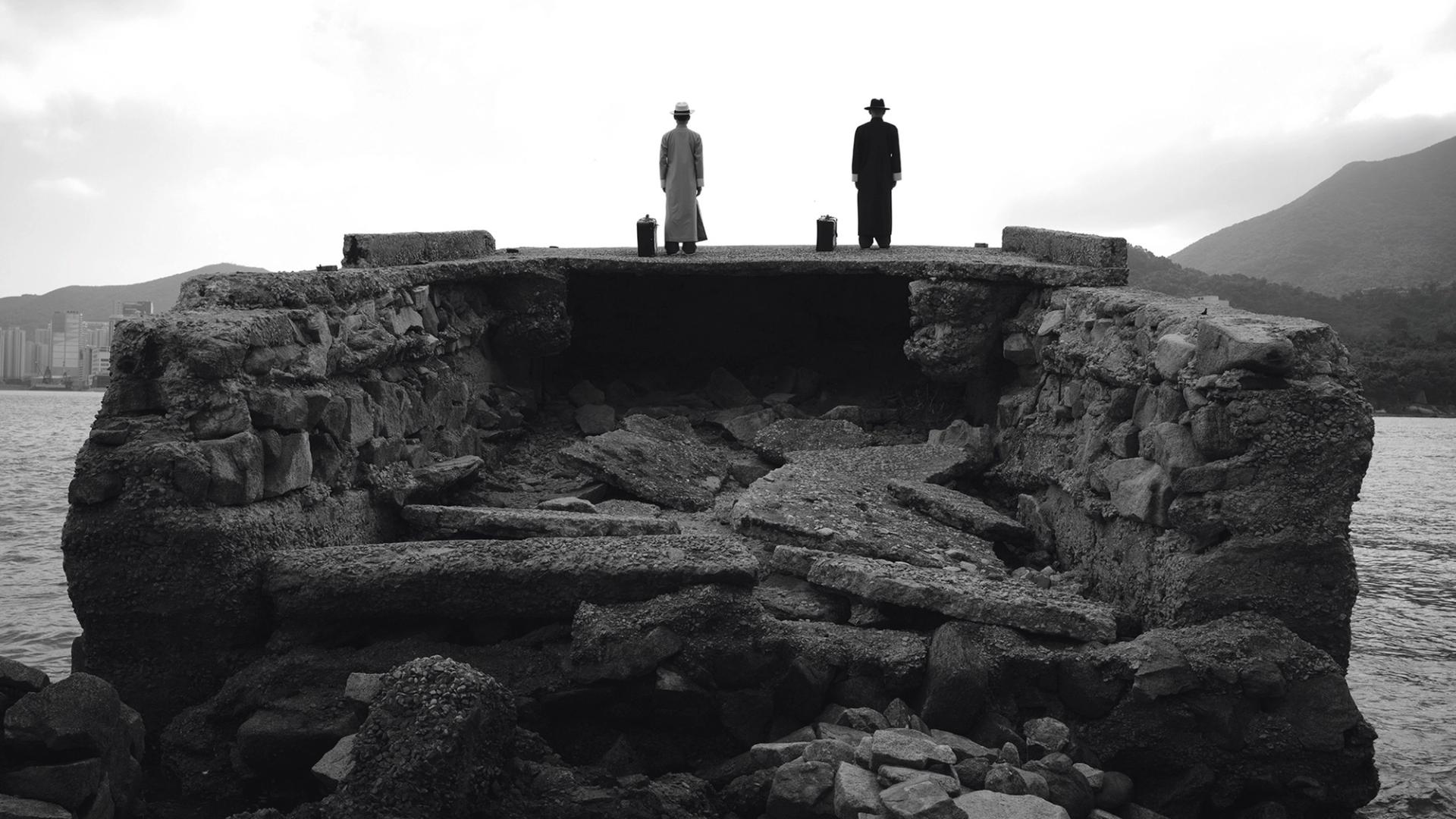
Yang Fudong’s “Architecture Film” Sparrow in the SeaM+ on the facade Photo: Courtesy of the artist; © Yang Fudong
For its LED-covered, harbor-facing exterior, M+ and Art Basel, with the backing of UBS, commissioned Shanghai artist Yang Fudong. Sparrow in the Sea. His cinematic work plays with the television-like nature of the museum’s facade, which is lit up every evening on the waterfront for all to enjoy. Filmed in Hong Kong, the “architectural film” nods to the land and seascapes of the territory, as well as to its cinematic heritage.
Stone seal of the carver Deng Ju

Stone seal of the carver Deng Ju, in the Flagstaff House Museum of Tea Ware Tea Ware courtesy of the Flagstaff House Museum
Housed in an obscure (though centrally located) museum, this little “chop,” as the stamps are commonly known, was once part of the collection of businessman and antiques collector KS Lo. His stamp and pottery donation formed the foundation of the Flagstaff House Museum of Tea Ware in Hong Kong Park. Made in the last century, the seal is unusual and beautiful in its simplicity, from the use of lines to the reference. I-ChingChinese divine text.
Tsang Kin-wah at the Hong Kong Museum of Art
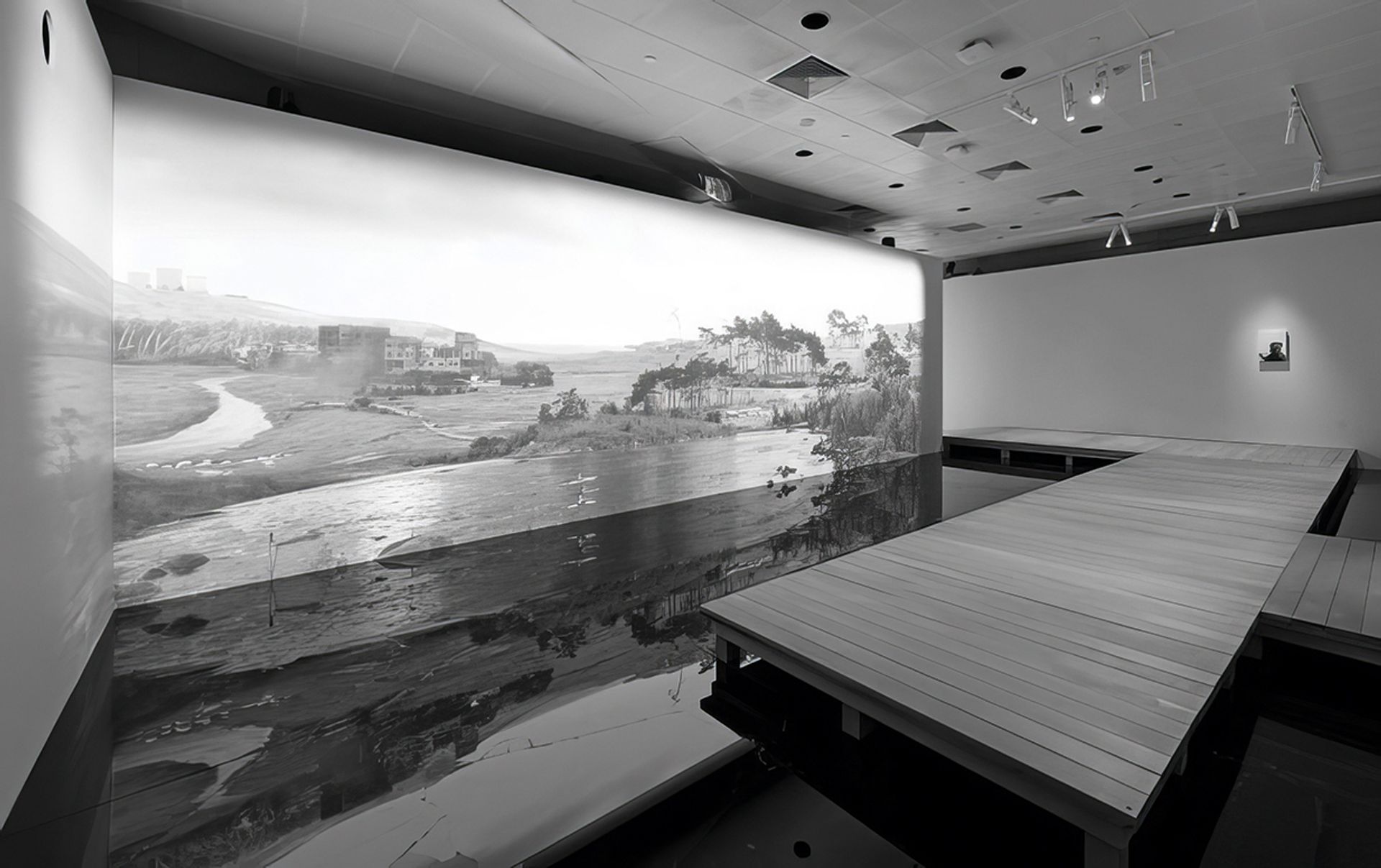
of Tsang Kin-wah Frozen Water: Between Here and There (2023) at the Hong Kong Museum of Art Courtesy of the Hong Kong Museum of Art
Entering the classic Chinese painting galleries at the Hong Kong Museum of Art, Frozen Water: Between Here and There (2023) is a stark contrast to the quiet background. The installation features a raised platform and a moody black-and-white video projection by artist Tsang Kin-wah, who represented Hong Kong at the 2015 Venice Biennale. The piece refers to the concept of “one river, two banks”. Chinese landscapes.
Guo Fengyi at Tai Kwun Contemporary
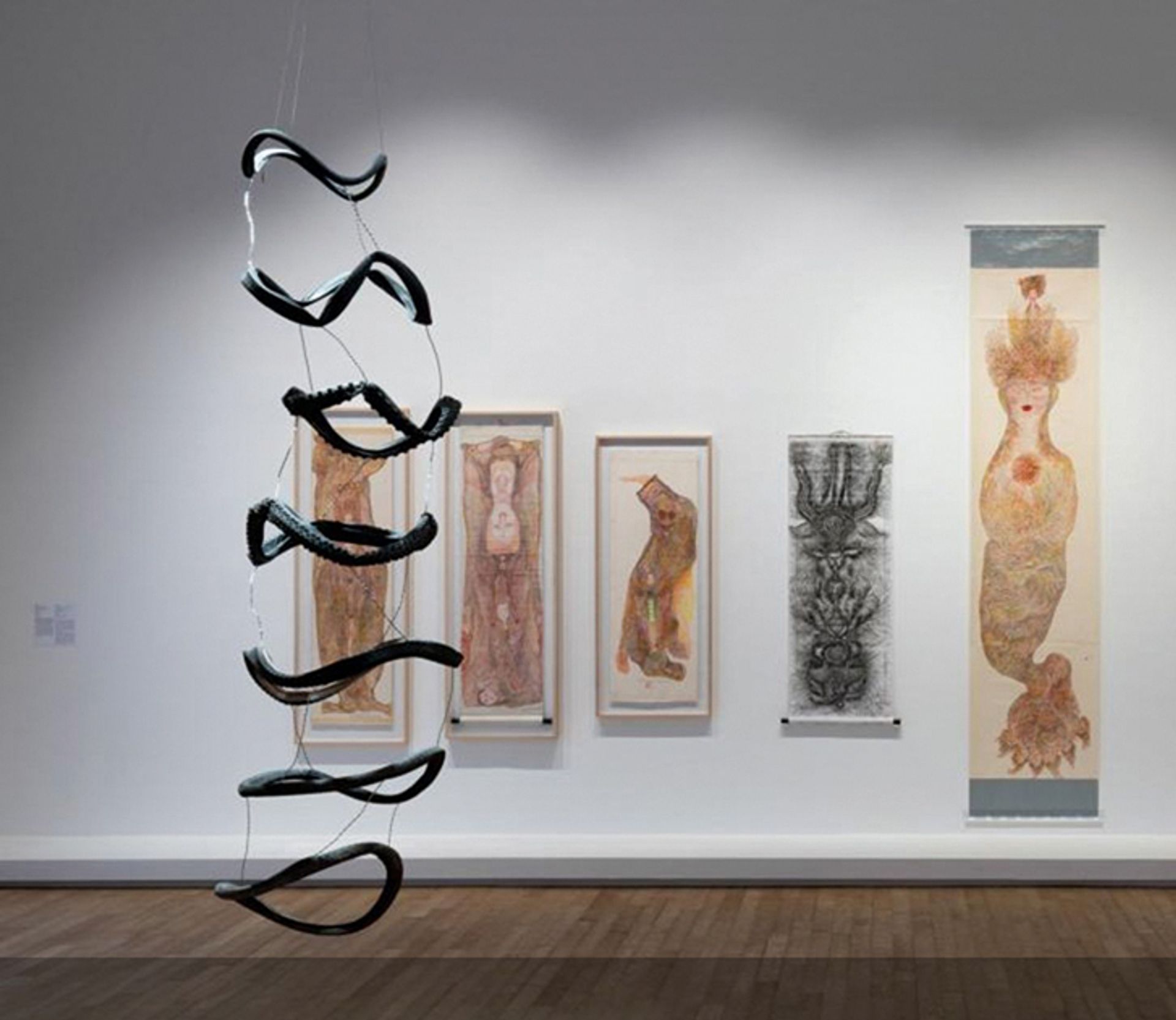
Guo Fengyi’s work is featured in Tai Kwun Contemporary The Green Snake: Women-Centered Ecologies Photography: Kwan Sheung Chi; Courtesy of Tai Kwun
Four works by self-taught artist Guo Fengyi, who died in 2010, grace a wall at Tai Kwun Contemporary. The Green Snake: Women-Centered Ecologies (until April 1), exhibition on ecofeminism. Executed in his distinctive style, the artist began making art while practicing qigong, a traditional Chinese movement system that relies on harnessing energy to achieve physical and mental health. The paintings are visually appealing, but they also emit a vibrancy that must be experienced in person.


